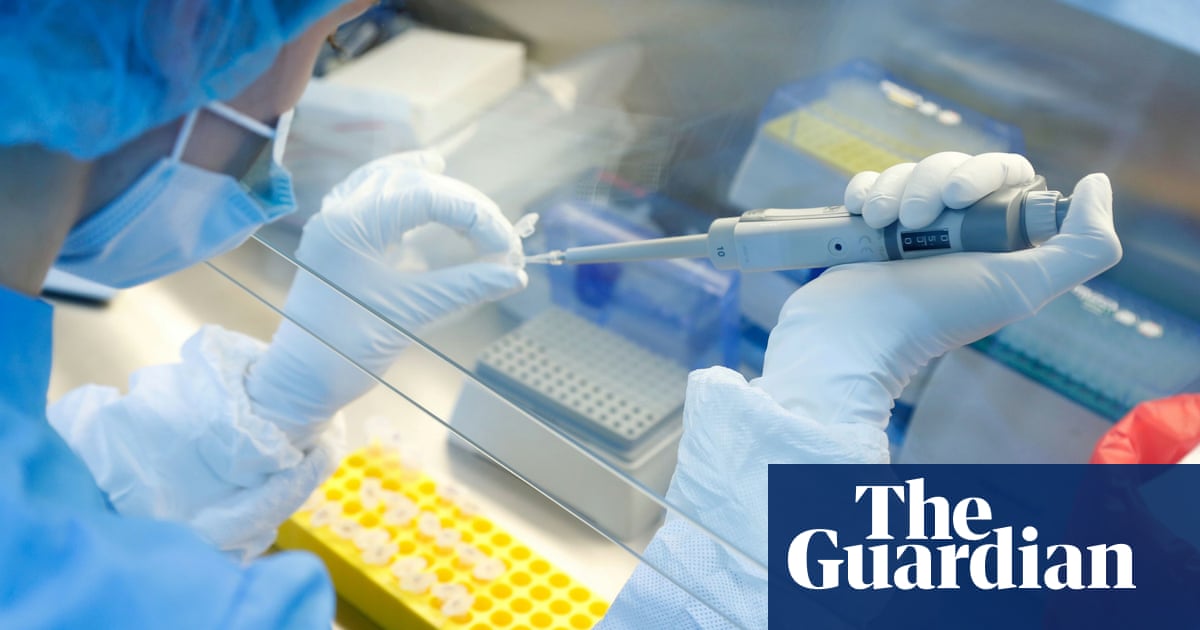Scientists create vaccine with potential to protect against future coronaviruses

🌈 Abstract
The article discusses the development of a universal coronavirus vaccine that can potentially protect against a broad range of coronaviruses, including unknown future variants. The vaccine is designed using a proactive approach, where it is developed and manufactured before a pandemic emerges.
🙋 Q&A
[01] Scientists have created a universal coronavirus vaccine
1. What are the key features of the universal coronavirus vaccine?
- The vaccine is made by attaching harmless proteins from different coronaviruses to nanoparticles, which are then injected to prime the body's defenses.
- The vaccine trains the immune system to target proteins that are shared across many different types of coronavirus, providing broad protection against known and unknown viruses in the same family.
- The vaccine can be made in existing facilities for microbial fermentation, and the nanoparticles and viral proteins can be produced separately and mixed together to produce the vaccine.
2. What are the potential benefits of this universal coronavirus vaccine?
- It has the potential to protect against a broad range of coronaviruses, including varieties that are not yet known.
- It marks a shift towards "proactive vaccinology", where vaccines are designed and readied for manufacture before a potentially pandemic virus emerges.
- If found safe and effective in humans, it could be used as a COVID-19 booster with the added benefit of protecting against other coronaviruses.
- Countries could hold stocks of this vaccine and others designed to target separate pathogens, allowing for a quick scale-up of production if needed.
[02] Vaccine development and testing
1. How has the vaccine been tested so far?
- The experimental shot has been tested in mice, and it has been shown to induce a broad immune response to coronaviruses, including SARS-CoV-1, the pathogen that caused the 2003 SARS outbreak.
- The details of the work, which is a collaboration between the universities of Cambridge and Oxford and the California Institute of Technology, are published in Nature Nanotechnology.
2. What are the next steps for the vaccine development?
- The researchers are working with industrial partners to scale up the production process for the vaccine.
- Medical regulators do not have established procedures for proactive vaccinology, so these would need to be worked out with the relevant bodies.
- If the vaccine is found to be safe and effective in humans, it could potentially be used as a COVID-19 booster with the added benefit of protecting against other coronaviruses.
Shared by Daniel Chen ·
© 2024 NewMotor Inc.